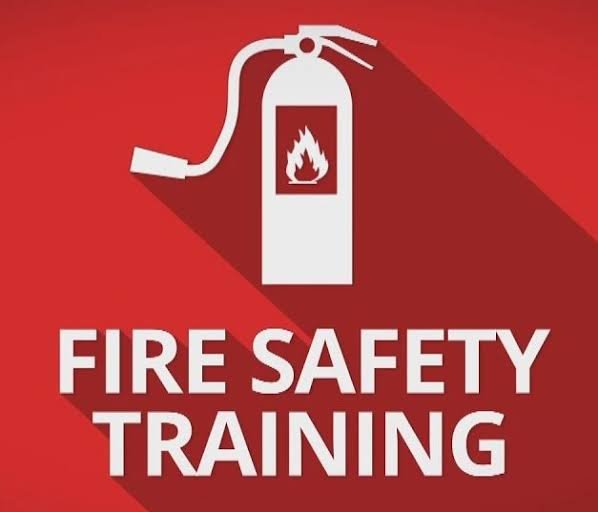What Are Hazards?
Hazards are potential sources of harm or adverse effects on individuals or properties. In any environment, understanding the types of hazards is crucial for ensuring safety. These can range from physical hazards like machinery and chemicals to biological hazards such as viruses and bacteria. By identifying these hazards, we can implement safety protocols that protect everyone involved.
The Importance of Safety Measures
Implementing safety measures is vital in preventing accidents and injuries. Safety protocols should include training programs for employees and regular assessments of the workplace. For instance, ensuring that equipment is maintained and that workers are aware of the risks associated with their tasks can significantly reduce the incidence of workplace accidents. Regular drills and emergency preparedness plans are equally important to ensure that everyone knows how to respond in case of an emergency.
Strategies for Hazard Management
Effective hazard management involves not only recognizing potential hazards but also taking proactive steps to mitigate them. This can include proper labeling of hazardous materials, the use of appropriate personal protective equipment (PPE), and maintaining clear exit routes in case of emergencies. Additionally, cultivating a safety culture within the organization encourages employees to report hazards they encounter, fostering an environment that prioritizes safety above all else.




